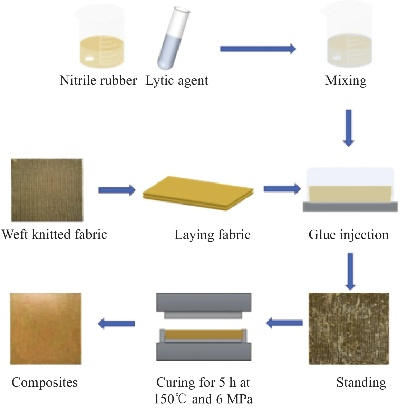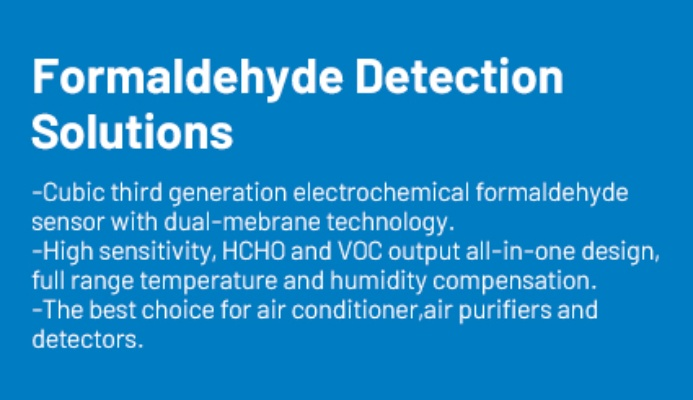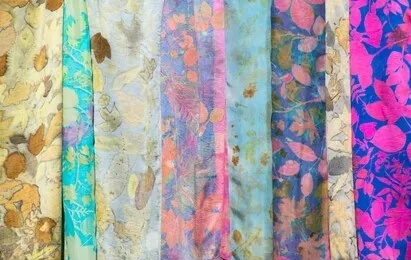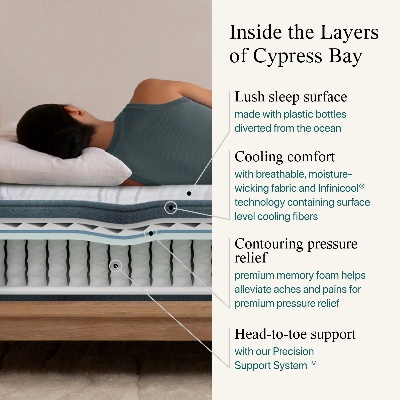How to Determine if Textiles Contain Formaldehyde
Introduction: Formaldehyde is a colorless, pungent-smelling gas that can be harmful to human health. It's commonly used as a preservative in textiles and other materials. However, it's important to know how to identify whether a textile contains formaldehyde. This guide will provide you with the necessary information on how to do so.
Table of Contents:

- What is Formaldehyde?
- How to Identify Formaldehyde in Textiles
- Common Sources of Formaldehyde in Textiles
- Case Study: Formaldehyde in a Fabric
- Preventing Formaldehyde Exposure
- Conclusion
What is Formaldehyde? Formaldehyde is a chemical compound with a strong odor and a characteristic smell. It's often found in products such as furniture polishes, paints, and glues. In textiles, formaldehyde is used as a preservative to prevent mold growth and discoloration. However, excessive exposure to formaldehyde can lead to respiratory problems, eye irritation, and even cancer.
How to Identify Formaldehyde in Textiles To determine if a textile contains formaldehyde, follow these steps:
-
Check the Material: Look for labels or warnings on the packaging of the product. If there are no labels, check the manufacturer's website for information about the ingredients.
-
Smell the Fabric: Formaldehyde has a distinct odor that can be detected by humans. If you notice a strong odor when touching the fabric, it may contain formaldehyde.
-
Test the Fabric: Use a test kit to measure the concentration of formaldehyde in the fabric. Follow the instructions carefully to avoid false positives or negatives.
Common Sources of Formaldehyde in Textiles Textiles containing formaldehyde may come from several sources:
-
Manufacturing Process: Some textiles undergo a process called "bleaching" where chemicals like sodium hypochlorite (bleach) are used to remove color and stains. These chemicals can release formaldehyde during the bleaching process.
-
Chemical Treatment: Some textiles may have been treated with chemicals that release formaldehyde, such as dyes or finishes.
-
Storage: If the textiles are stored in a place that is not well-ventilated, they may absorb formaldehyde from the air.
Case Study: Formaldehyde in a Fabric Let's take a look at a case study involving a fabric containing formaldehyde.
A customer purchased a shirt made from polyester fabric. The shirt was advertised as "formaldehyde-free," but upon closer inspection, the customer noticed a strong odor coming from the shirt. They tested the fabric using a formaldehyde test kit and found that it contained high levels of formaldehyde.
Preventing Formaldehyde Exposure To prevent formaldehyde exposure, follow these tips:
-
Choose natural fibers: Natural fibers like cotton, linen, and wool are less likely to contain formaldehyde than synthetic fibers like polyester and nylon.
-
Avoid processed textiles: Avoid buying textiles that have been treated with chemicals that release formaldehyde, such as bleached or dyed fabrics.
-
Store textiles properly: Keep textiles away from heat and sunlight, as this can cause them to release formaldehyde. Store them in a cool, dry place.

In conclusion, identifying whether a textile contains formaldehyde requires some knowledge of the manufacturing process and testing methods. By following these guidelines, you can make an informed decision about which textiles to buy and keep your family safe from potential exposure to formaldehyde.
In this article, we will explore how to determine whether a particular纺织品含有甲醛. We will also provide an example of a common scenario and an associated English case study to illustrate the process.
了解甲醛及其在纺织品中的常见存在形式
甲醛是一种常见的有机化合物,广泛存在于纺织品中,它主要用于提高纺织品的柔软度和弹性,但长期接触甲醛可能会对人体健康造成潜在危害,常见的甲醛存在形式包括游离甲醛和结合甲醛,游离甲醛可以通过纺织品表面的挥发性有机化合物释放出来;而结合甲醛则是在纺织品的纤维结构中与染料或其他添加剂结合而成。
判断纺织品是否含甲醛的方法
-
观察纺织品外观:观察纺织品表面是否有明显的刺激性气味或颜色变化,甲醛通常具有刺激性气味,可能导致纺织品出现异味或变色。
-
使用检测仪器:市面上存在一些专业的纺织品检测仪器,可以快速、准确地检测纺织品中的甲醛含量,这些仪器通常包括气相色谱仪、液相色谱仪等,可以检测纺织品中的游离甲醛和结合甲醛。
案例说明
假设我们有一个消费者在购买衣物时遇到了问题,他购买的衣物在穿着后出现了刺鼻的气味和颜色变化,在这种情况下,他可以通过以下步骤来判断衣物是否含有甲醛:
- 检查纺织品外观:观察衣物表面是否有明显的刺激性气味或颜色变化。
- 使用检测仪器:使用专业的纺织品检测仪器进行检测,如果检测结果显示衣物中含有游离甲醛,那么就可以初步判断该衣物可能含有甲醛。
英文表格说明
以下是一个英文表格,用于更直观地说明判断纺织品是否含甲醛的方法:
| 步骤 | 描述 | 英文说明 |
|---|---|---|
| 观察纺织品外观 | 检查纺织品表面是否有刺激性气味或颜色变化 | Observe the appearance of the textile surface for any irritating odor or color changes |
| 使用检测仪器 | 使用专业的纺织品检测仪器进行检测 | Use a professional textile testing instrument to determine the presence of formaldehyde |
| 根据检测结果判断纺织品是否含甲醛 | Based on the testing results, determine whether the textile contains formaldehyde |
通过观察纺织品外观和使用检测仪器,我们可以有效地判断纺织品是否含甲醛,在购买纺织品时,消费者应该选择信誉良好的品牌和商家,以确保所购买的纺织品安全可靠,如果发现衣物出现异常气味或颜色变化,应及时进行检测,以确保自身健康安全。
Articles related to the knowledge points of this article:
The Beauty of Textiles in Jinzhou City
The Story of Lanzhou Haitao Textile Company
A Glimpse into Textiles:A Comprehensive Guide to Portraits of Fabric Exhibits



